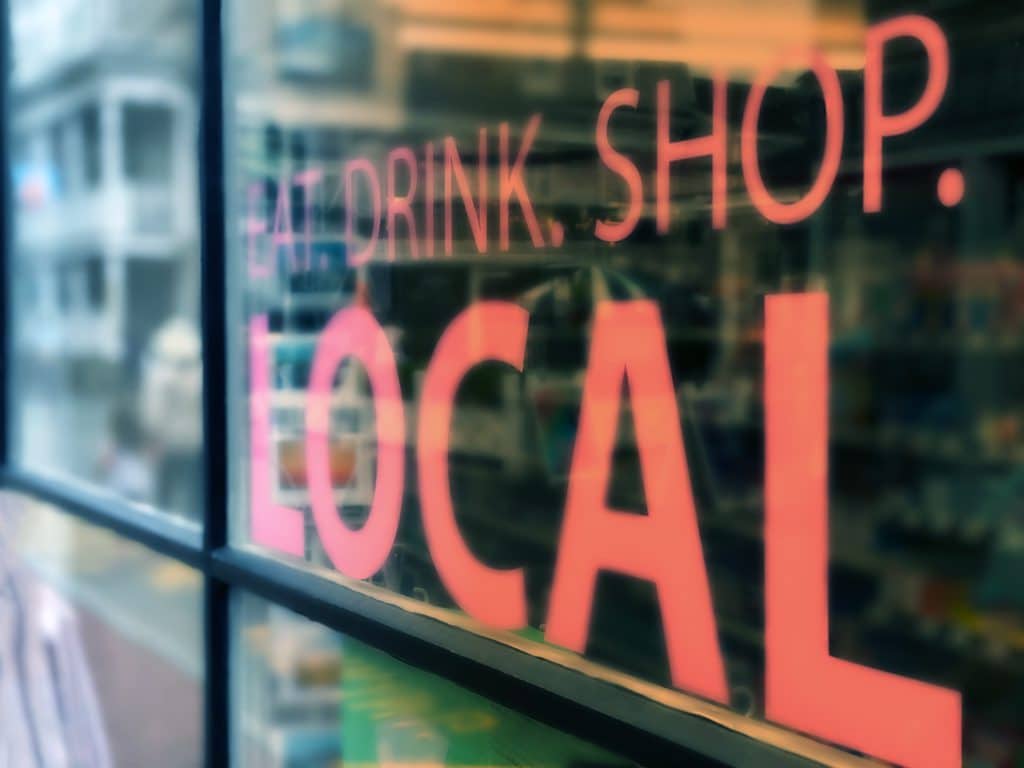The uncertainty which characterised much of the last two years has passed. Now we know what’s coming. And we know how challenging it is going to be.
The ongoing fight against inflation – which has reached a 40-year high of 9.1% in the UK – and consequent cost of living crisis has caused leading analysts and market watchers to suggest a global recession may be imminent.
Recessions are difficult. But, unlike the pandemic, they are not unprecedented. And brands and consumers alike can devise strategies which will help them manage a period of intense economic pressure.
The only issue is that, for brands, these survival strategies tend to be directly at odds.

Does what it says on the tin
When budgets tighten, and spending power decreases, consumers will look to make savings wherever possible.
This is dangerous for all brands – but particularly those in the FMCG space. Food and drink is an easy place for consumers to save money. Grocers like Lidl and Aldi have quickly snapped up attention and market share as shoppers turn to the discount retailer’s own brand products. Research from Marketing Week finds that more than a third (38%) of shoppers say they have already started to swap their tried and trusted brands for supermarket value ranges or cheaper alternatives
The consequences are already visible on-shelf with inflation creating tension between brands and retailers. Heinz has stopped supplying Tesco with some of its most popular products in a dispute over pricing – with baked beans, ketchup and tomato soup now missing from shelves in some stores. The hike in price of Lurpak butter to almost £10 was considered news-worthy.
The UK Government itself recently communicated (ironically, in a marketing campaign) that brands should divert marketing spend into cutting prices. But is this the best strategy? Research from Wunderman Thompson shows that “brands that cut all marketing spend in year one of a recession can take up to five years to catch up with those that maintained spend.
As marketing and advertising legend David Ogilvy once noted: stopping advertising to save money is like stopping a watch to save time.
And the truth of these words can still be seen amidst a murky economic backdrop. In its latest results, P&G illustrated how its brand portfolio is not just surviving, but thriving. On paper, the company had been able to compensate against inflation by increasing the cost of its products.
But in reality, it had safeguarded against inflation by carefully communicating the value of its products through their brands.
Crisis and opportunity
It is often said that a recession is an opportunity in wolf’s clothing. These are testing times – but such moments often open the door to revelatory insights.
Loyalty and trust are powerful factors in consumer decision making. Even in economically challenging times. As the UK emerged from recession in 2009, analysts suggested that “brands will become increasingly important to people, not as a focus of consumption, but as institutions, part of the architecture of their lives – consumers will expect to rely on familiar brands to help them through the recession and beyond.”
“Our ability to navigate these conditions is almost entirely dependent on the strength of our brands. That’s why we’ve raised investment in the second half by £200 million and strengthened our innovation programme. As a result of those actions we’ve been able to take substantial price increases with a less than anticipated volume impact.”
– Alan Jope, Unilever CEO, July 2022
There is power in consistency – especially in a five-year period of global crises.
All of us have become more resilient to change. Less fazed by uncertainty. But the brands who are winning are those who juxtapose themselves to this era. The brands who are stable and consistent – in terms of strategic innovation, creative strategy and positioning – are those who are best withstanding the impact of inflation.
This isn’t to say brands shouldn’t invest in new ideas and innovation. People are always seeking little bits of joy in their daily lives – and there will always be opportunities to service these.

Turning the tide
Consistency matters most to consumers in times of crisis. And brands can express this in many ways.
Consistent values
- As consumers become increasingly price sensitive, it’s important to reinforce what compelled them to buy you in the first place, not stray from it.
- Meaningful brands will be the ones that understand and double down on what makes them special and why consumers value them. While price promotions and deals will play a role, continuing to speak to the core value proposition and USP will remind consumers why they bought into the brand in the first place.
Consistent empathy
- As prices inevitably rise across categories, it’s important to communicate honestly and openly with consumers – speaking ‘adult to adult’.
- When prices of Lurpak reached £9 in some retailers Arla released a statement sharing the rationale, explaining the price hikes ensured that its farmers still got a fair deal. By providing a clear reasoning and staying true to Arla’s corporate mission – securing value for their farmers – it showed empathy and understanding for both its consumers, and its suppliers.
Consistent tangible value
- As purchase decisions are increasingly interrogated, It is important to be aware of opportunities to innovate how you communicate the value exchange of a product.
- Though cold water detergent pods have been available since 2005, many consumers still habitually use more expensive, more environmentally damaging hot or warm water washing. Tide has made waves by radically changing these habits through intelligent and innovative product communication. The brand made bold, public commitments to “turn three in four loads to cold by 2030” and invested in product packaging innovations which empowered consumers by giving clear calls to action on how, and why, cold washing makes a difference. An innovation that delivered tangible value (and cost saving) for the consumer that went beyond the price on pack.

Stand out for the right reasons
The era of uncertainty has passed. We know exactly how big the challenges we face are. Brands need to think strategically about how they position their products in a highly-inflated economic arena. But within this arena there is opportunity for brands to stand out for the right reasons; showing empathy, integrity and leveraging their unique product values to elevate themselves above the cost-of-living crisis, gaining market share whilst competitors retreat.
Challenge and opportunity remain two sides of the same coin, even as the value of that coin inflates.
To learn how your brand can ride the waves of a recession tune into our event – How to harness trends and make them actionable – to save your spot register here.






